An AC isolator switch is a manually operated electrical device that separates a faulty section of an electricity supply line from a working section for maintenance. Contrary to a DC isolator, the AC isolator prevents AC from flowing through the unit. It, however, allows safer DC signals to flow through, reducing the risk of electrocution.
How does an isolator switch work?
An AC isolator de-energizes a portion of a wiring system by introducing a gap in the hot wire. Mechanically, the gap on an ac isolator switch is introduced by rotating a knob. In some ac isolator switches, instead of a knob, you will find a lever. To use, trip down the lever, and the power will be disconnected.
What are single and double-pole AC isolator switches?
Single pole isolator switches for AC are connected to the hot wires of small appliances such as bulbs and fans. On the other hand, double-pole AC isolators work with single-phase supply lines and are typically connected to both hot and neutral wires. The switch has a high current rating to isolate circuit breakers and transmission lines in the substation. If you are looking for an AC isolation switch for industrial roles, try three and 4-pole isolators. These are big AC isolators that connect to all wires used by single phase plus an extra neutral wire.
Are AC isolator switches safe?
AC isolators such as air conditioners or aircon isolator switches have high safety ratings. First, the switch is encased in a plastic insulator, preventing current from leaking. The casing also has water-tight seals. Secondly, some AC isolators have a locking mechanism that you can secure with a padlock to prevent kids from tampering with it. Lastly, every AC isolator has an earthing wire to channel excess electrons into the ground. This reduces damage to electrical appliances.
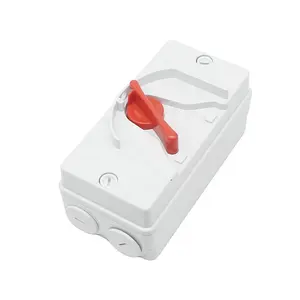
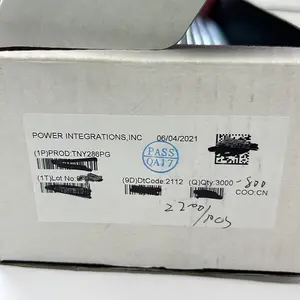

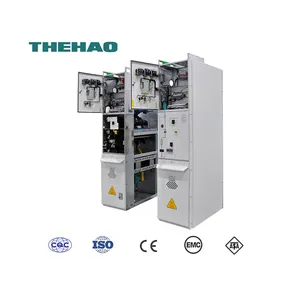

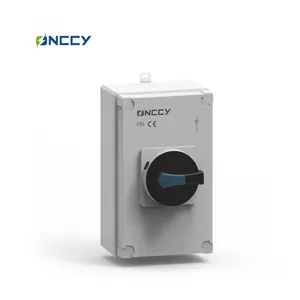









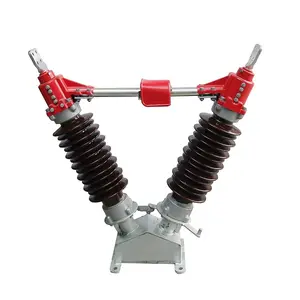
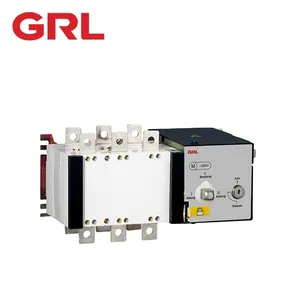


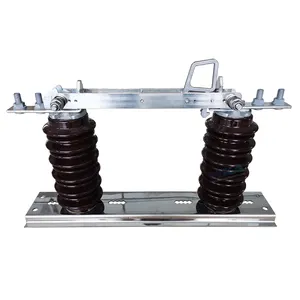
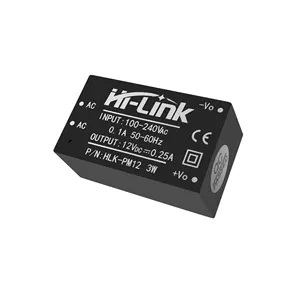



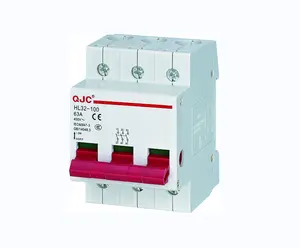


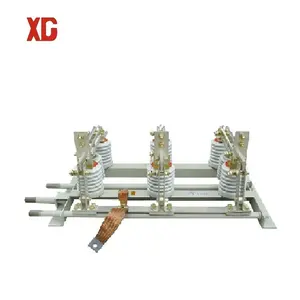
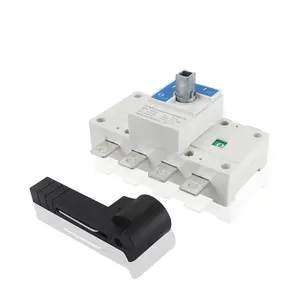





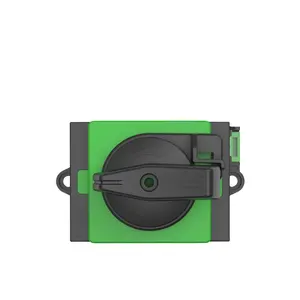






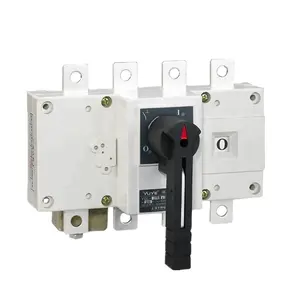





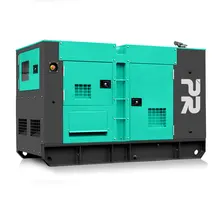



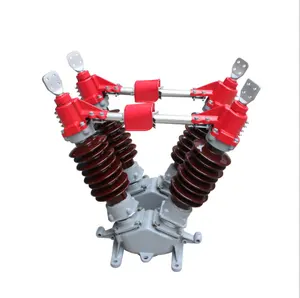





















 浙公网安备 33010002000092号
浙公网安备 33010002000092号 浙B2-20120091-4
浙B2-20120091-4